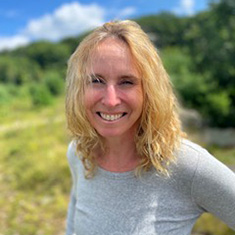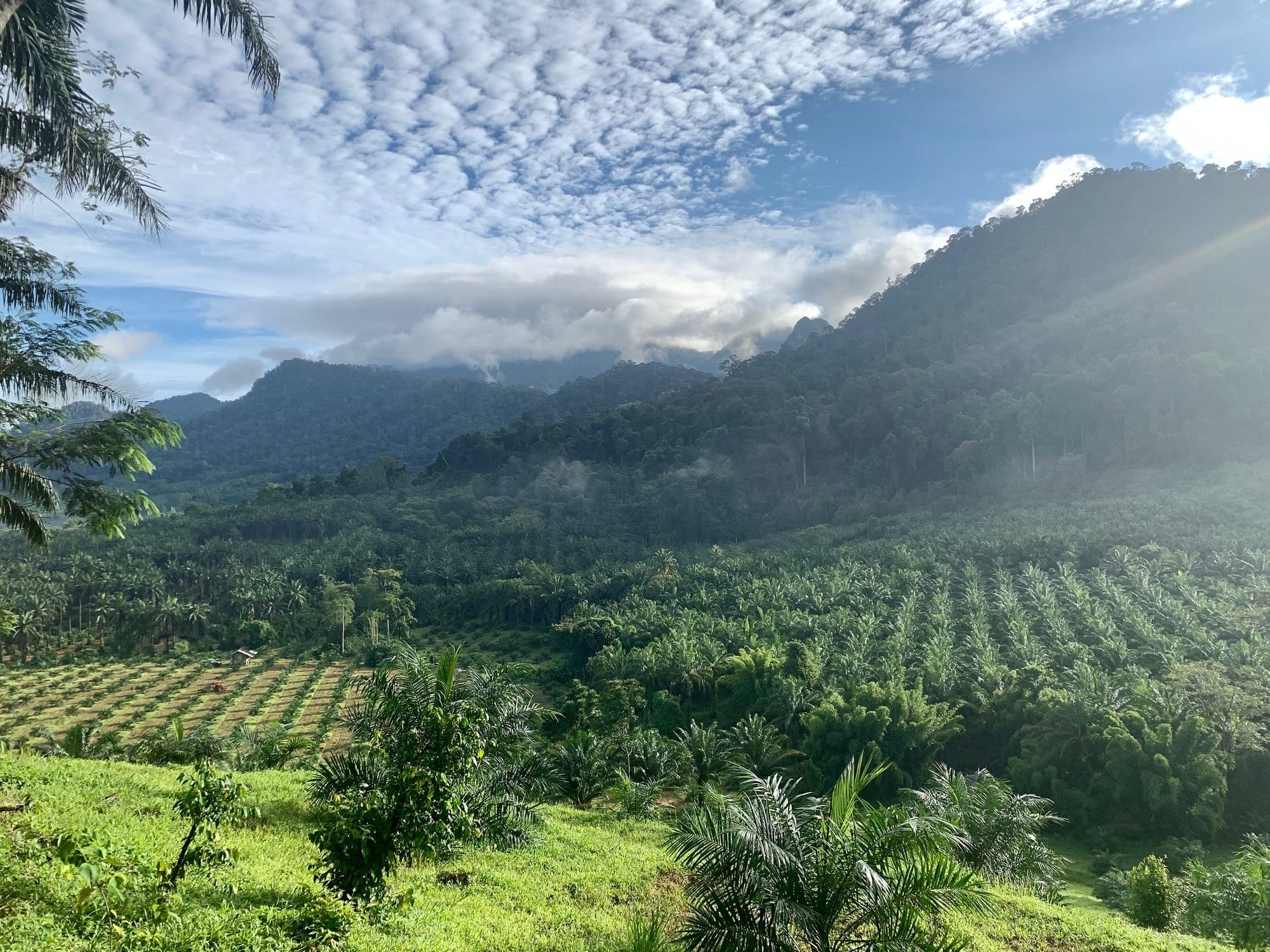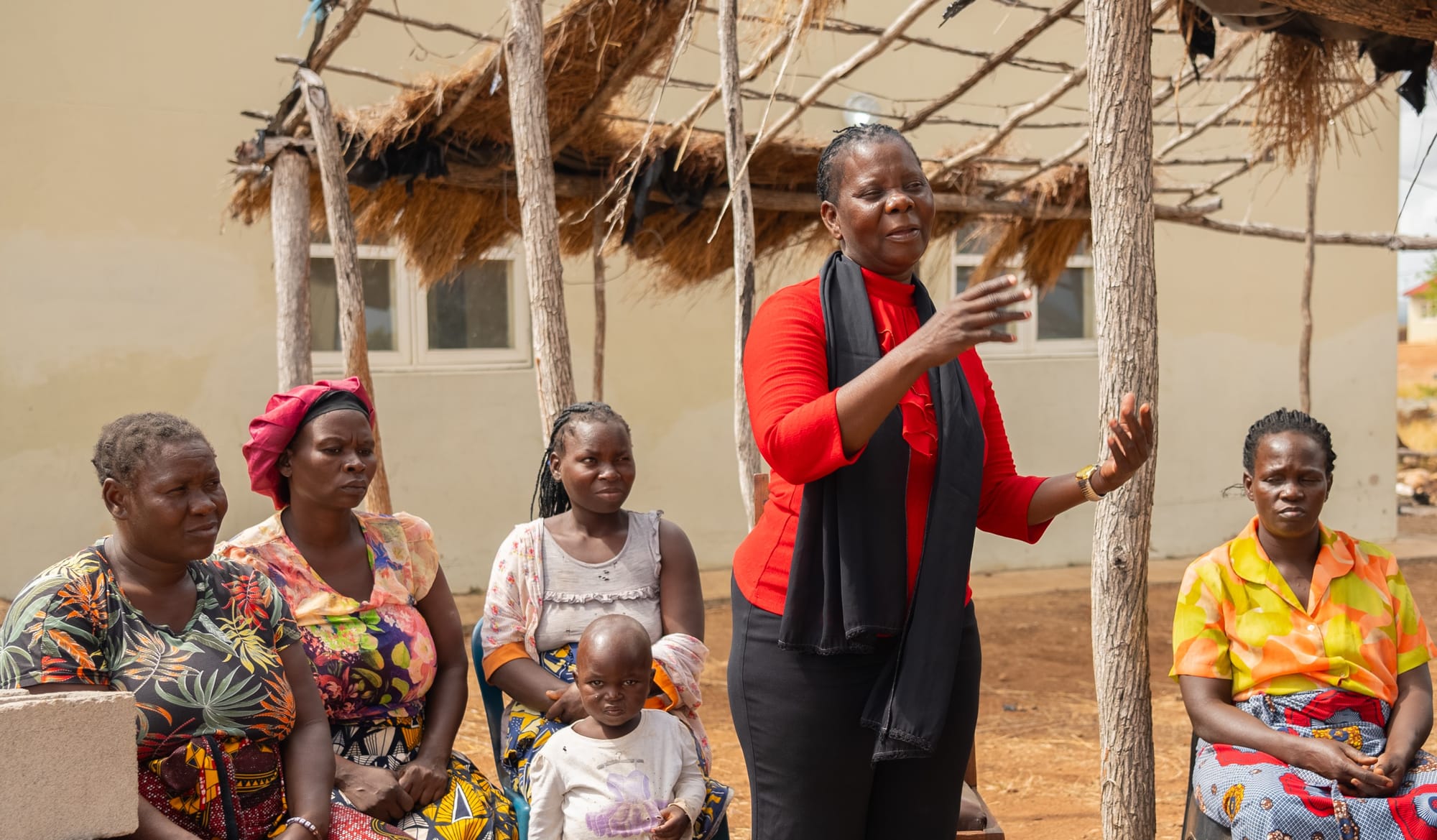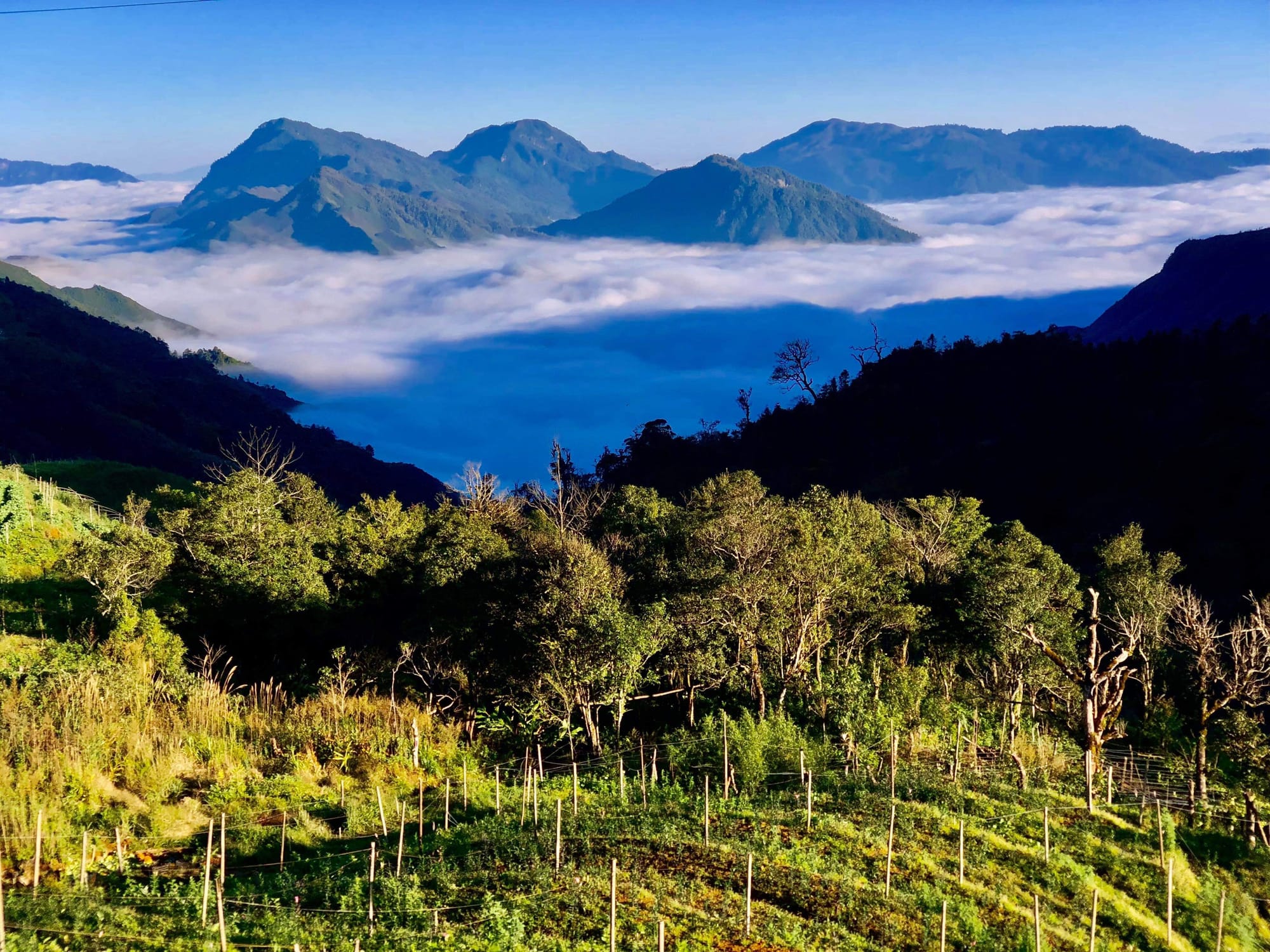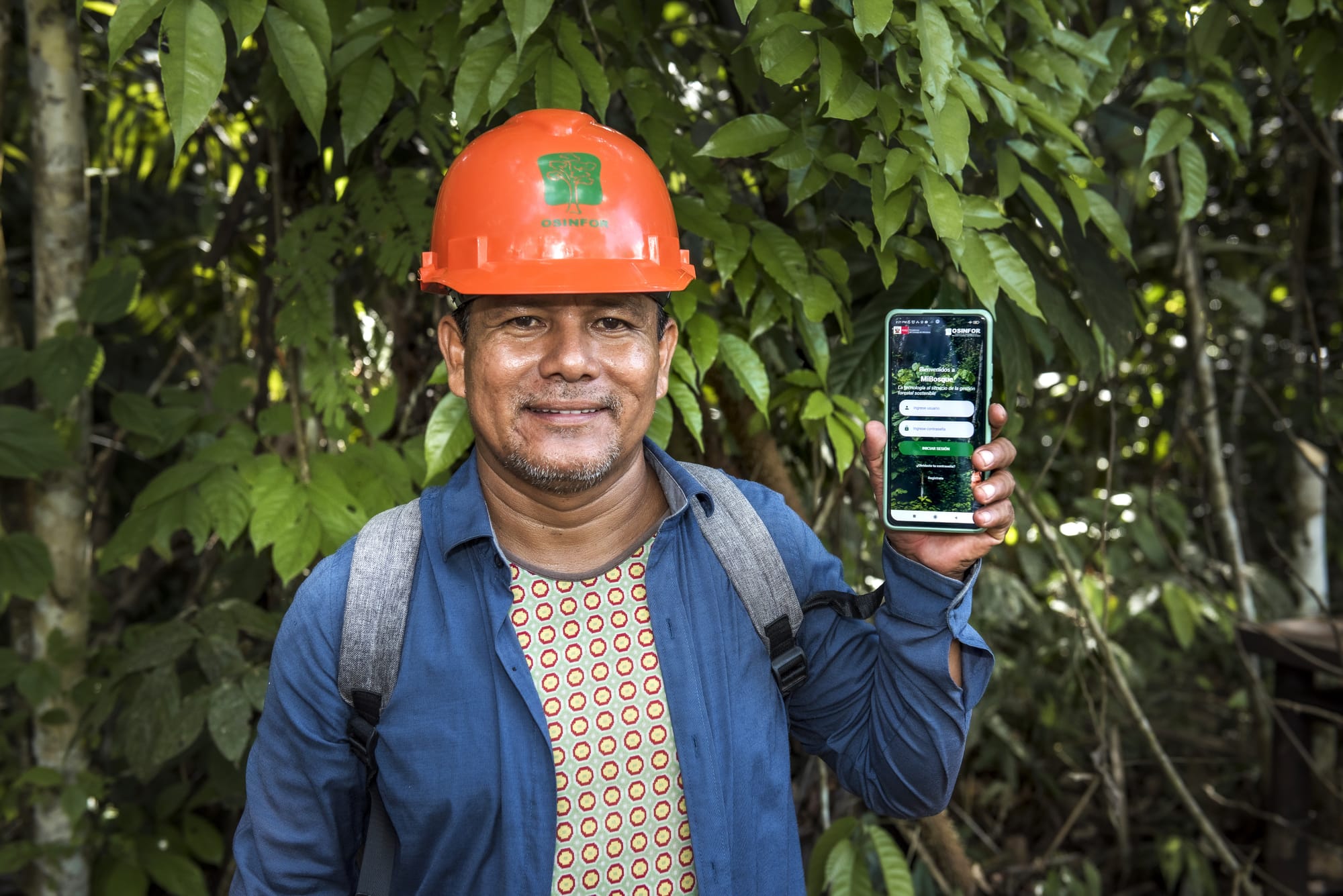Barry Flaming, DAI’s Senior Technical Advisor on Climate, Natural Resources, and Private Sector Engagement, talks with Christy Owen about his work supporting a global buy-in program to assess opportunities for developing carbon removal projects.
In this context, carbon removal refers to nature-based solutions such as restoring natural ecosystems—forests, wetlands, mangroves, agricultural areas, and so on—to increase carbon stocks in vegetation and soils. In addition to the carbon benefits, such projects often yield co-benefits in terms of enhanced ecological functions, biodiversity conservation, and local livelihoods. As a result, they can be attractive to certain types of investors. Barry’s focus has been on projects that might build off U.S. Agency for International Development (USAID) landscape investments to help meet private sector partners’ net-zero commitments.
This is the first of a three-part series highlighting DAI’s support for developing carbon markets.
What development challenge is addressed by carbon removal projects?
Following the Paris Agreement, corporations made ambitious sustainability commitments, including zero deforestation and net-zero emissions. Achieving net-zero emissions across complex global supply chains is a challenging undertaking, and most companies that have a decarbonization strategy—or are working on one—will not be able to completely reduce or eliminate all emissions from their global operations, particularly indirect emissions from their supply chains, known as Scope 3. Thus, companies are increasingly looking at opportunities to offset hard-to-abate emissions by investing in restoring landscapes and bringing co-benefits to local communities.
Because such projects are difficult to identify and develop, companies are looking to partner with and leverage ongoing USAID programs that may be ready for further investment. However, many of the projects in USAID’s portfolio were not designed with carbon removal as an explicit goal, so part of the challenge is to identify if and where promising projects could be adapted to become investment-ready within the investor’s timeframe.
How has DAI provided support to develop carbon removal projects for investment?
We have been looking at active USAID landscape projects in Angola, Ghana, Indonesia, Madagascar, and Zambia, among others. These projects include restoring natural forests in areas that have been degraded or deforested, expanding agroforestry, and facilitating intercropping or other improved agricultural and rangeland management practices that remove carbon from the atmosphere. Our role has been to identify the opportunities most feasible for delivering carbon removal and other benefits. For one potential investor, for example, we provided project summaries identifying the opportunities, risks, assumptions, and particular considerations associated with each project.
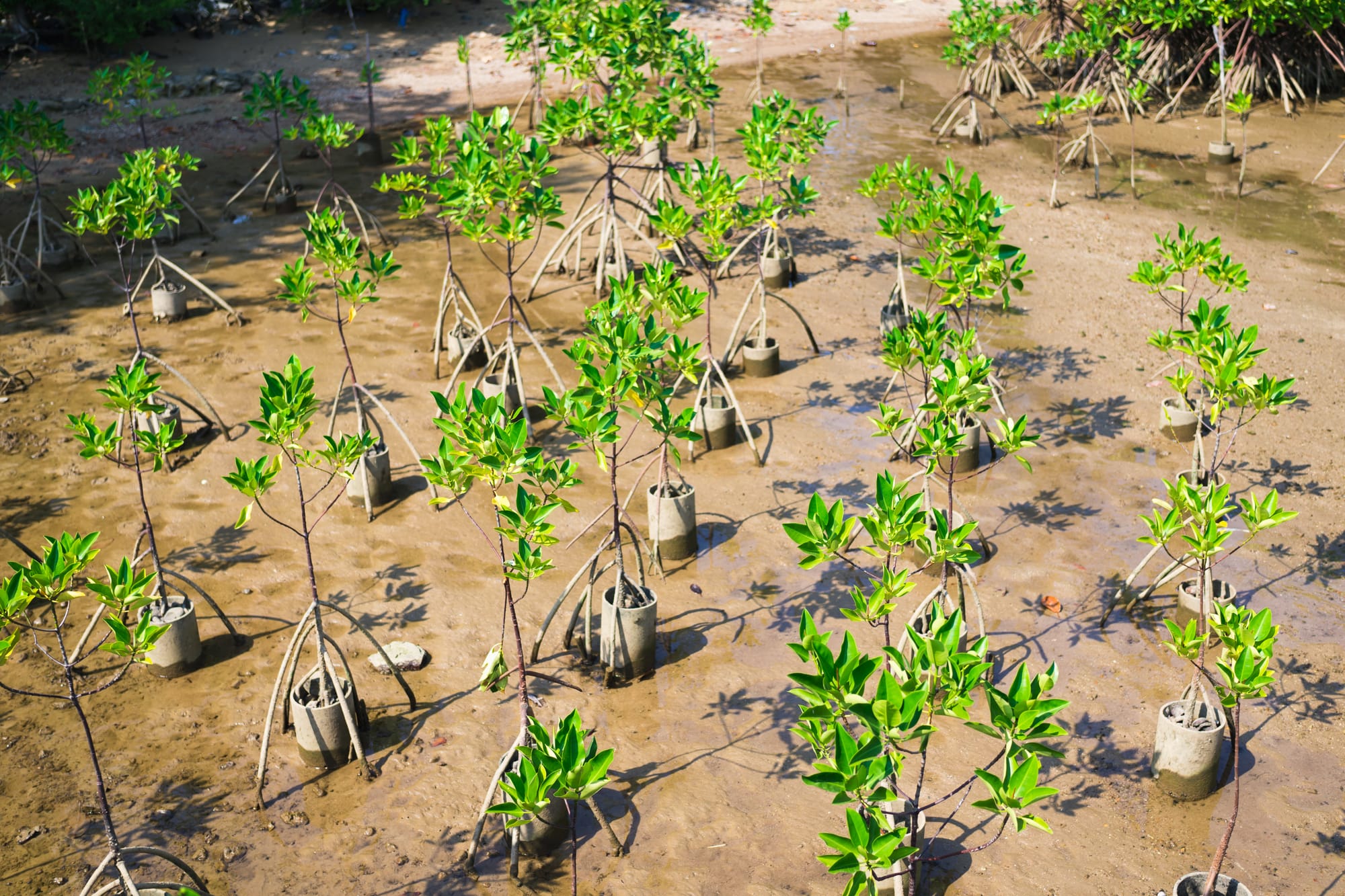
What are the challenges to developing carbon removal projects for investment and how is DAI addressing them?
The biggest challenge we see is a lack of investment-ready projects. Existing landscape projects typically require retrofitting to incorporate and account for viable and credible carbon removal activities—including detailed feasibility assessments and technical studies—before they can be financed with confidence. However, there is typically not a lot of funding available at the early stages of project development, and many local partners do not have carbon technical expertise in-house. DAI, with USAID support, helps close this gap.
A second challenge is understanding and navigating the local complexities and stakeholders unique to each project, especially when it comes to addressing the drivers of deforestation and degradation. Ignoring the broader underlying issues, such as unclear land tenure frameworks, makes it hard to develop meaningful solutions. We bring a holistic approach to evaluating and preparing potential projects to match opportunities with investors and financing mechanisms better.
A third challenge centers on the evolving policy frameworks. Many countries are only beginning to develop policies to clarify carbon rights and enable investment and trading in the carbon market, which will provide confidence and clarity for investors. DAI’s deep in-country experience means we can offer a broad understanding, relevant data, and concrete examples to help policymakers bridge the gap in developing the necessary frameworks.
What supporting tools or methodologies has DAI used or developed?
Much of our work entails triangulating information to clarify a particular landscape’s issues and how the opportunity will address those challenges. Conversations with the local project partners are critical, as they have crucial contextual insights. But so is triangulating data using the best available information and tools to conduct an initial project screening. Using geospatial analysis and remote sensing data, such as through platforms like Global Forest Watch, can help visualize the broader trends in the landscape in terms of deforestation and degradation. Published literature on carbon stocks in natural and agricultural systems, including agroforestry and restoration examples in similar landscapes, can clarify the scale of anticipated carbon removals, but successful interventions depend heavily on conditions on-site.
In most cases, detailed feasibility studies are not yet available, so we are conducting a high-level carbon estimation over a given period. For example, in the case of an agroforestry project, we work with available information on carbon stocks and removal rates for the crops involved, the scale (number of hectares), and the current state of the landscape to estimate the potential for carbon removal. We then apply risk buffers to account for issues around permanence, leakage, and other risk factors to provide a rough estimate for an initial opportunity evaluation. When the private sector partner decides to move forward with a given opportunity, it would need to conduct a detailed feasibility study as part of the project development phase and follow global standards, such as Verra or the Gold Standard, appropriate for the type of project being considered.
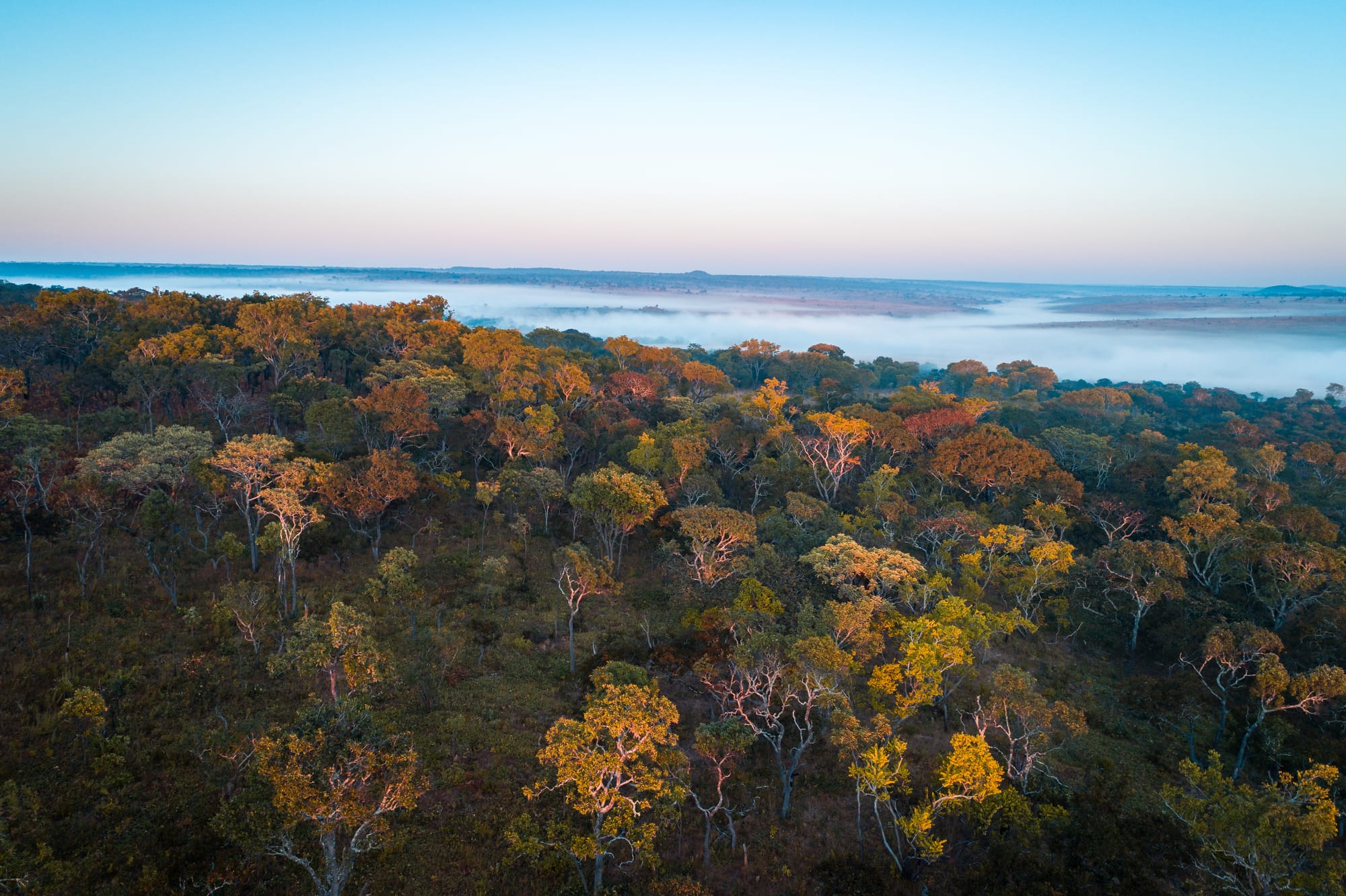
What lessons have we learned in developing carbon removal projects?
There is both demand and opportunity for high-quality carbon removal projects to address residual carbon emissions and provide finance to meet global greenhouse gas emissions reduction goals. Before turning to the carbon market to purchase offsets, companies should look at their supply chains and identify concrete opportunities to reduce emissions.
Strong partners on the ground are essential. Where carbon removal is required to meet corporate commitments, companies need new partnerships in or adjacent to a supply chain geography. These partners can include nonprofits, development organizations, governments, and even other private sector actors with intimate knowledge of the local landscapes and communities.
Local stakeholders need to benefit meaningfully from these projects. Without clear benefit-sharing arrangements, an investor or project implementer will be challenged to sufficiently incentivize the behaviors and activities required to develop and maintain a landscape to achieve the desired results.
Carbon removal projects do not happen quickly. These projects intend to generate carbon benefits for 15, 20, and sometimes 30 years. These long-term commitments require significant effort at the outset to develop effective risk-mitigation and management strategies, appropriate financing products, and trust among all involved stakeholders.
Share experiences, data, and models. The evolving carbon market requires confidence in clear policy frameworks, robust monitoring and verification standards, and in-depth technical capacities to deliver high-quality projects. Carbon removal projects offer enormous potential for revenue growth and job creation, but many struggle to find the right path forward. Disseminating relevant information as widely as possible will help all boats to rise in what we should see as an ocean of opportunity.
What is the future of the carbon market?
All signs point to a carbon market poised for continued growth and increasing maturity. While the recent critiques of poor-quality REDD+ projects have shaken investor confidence in these projects, the overall response has led to actions designed to address weaknesses and strengthen the processes and market frameworks.
In and of itself, the carbon market—which is about more than just land-based projects—will not solve our complex global climate crisis. However, it can be an important tool for investors, companies, communities, and governments seeking to contribute to positive climate outcomes while restoring degraded ecosystems and improving rural livelihoods.
